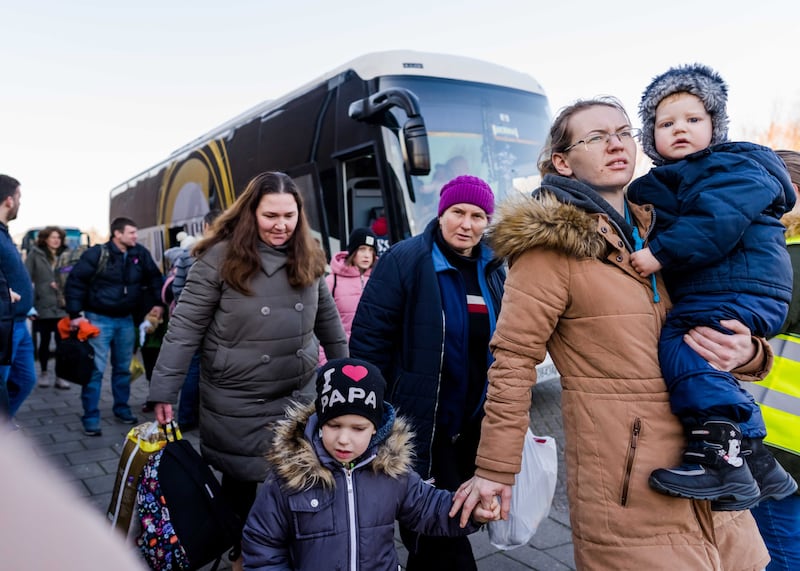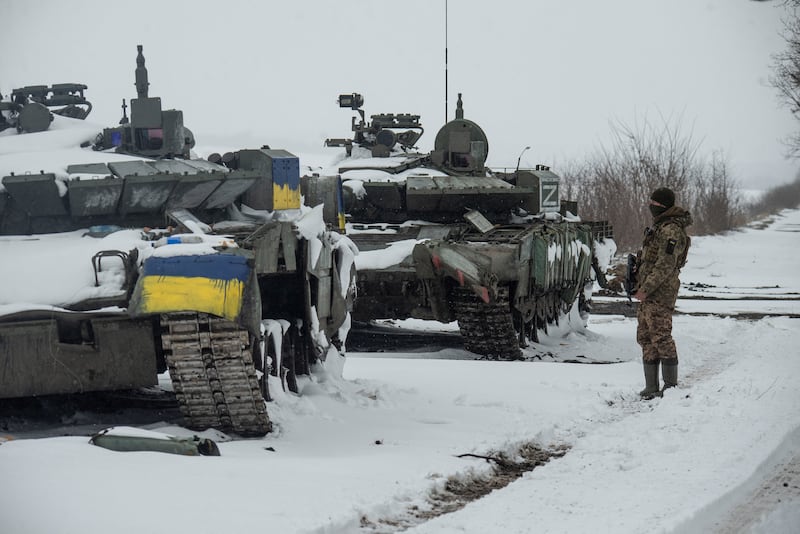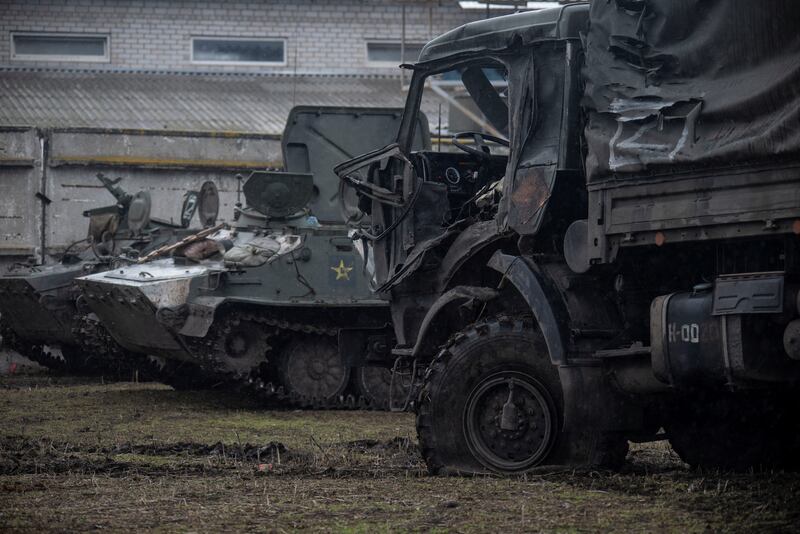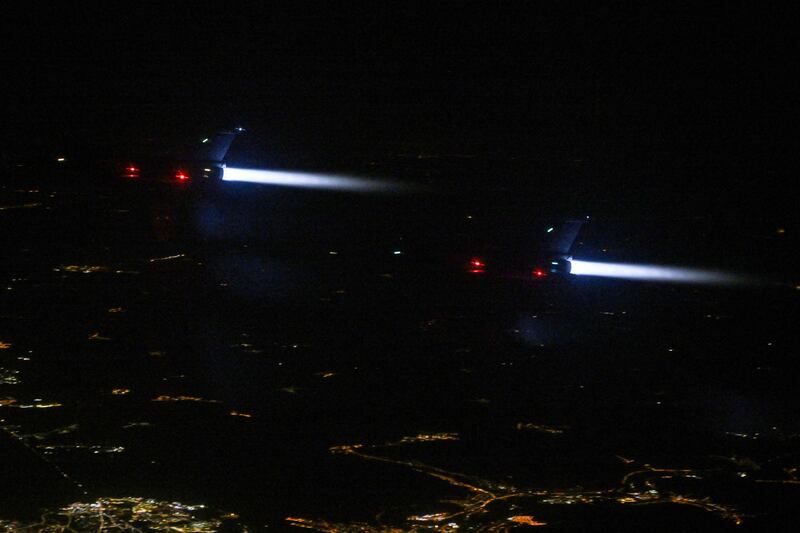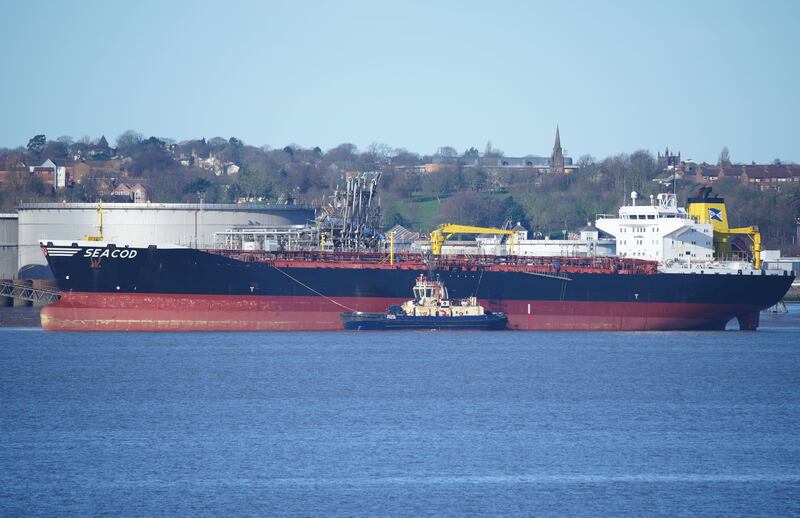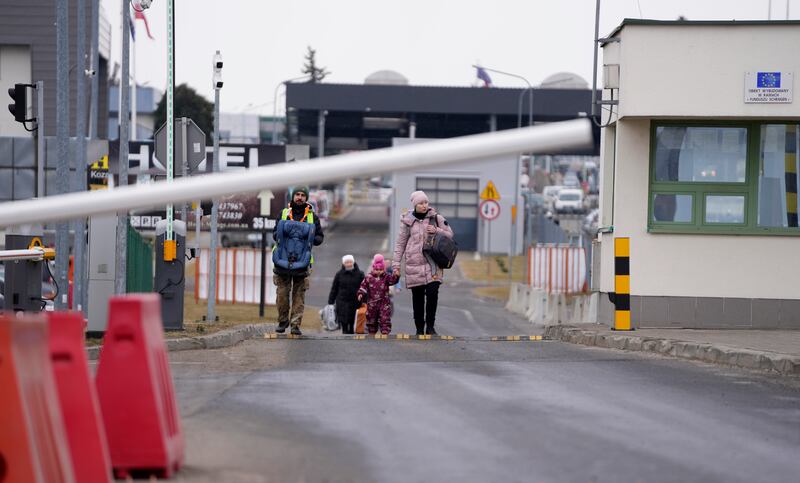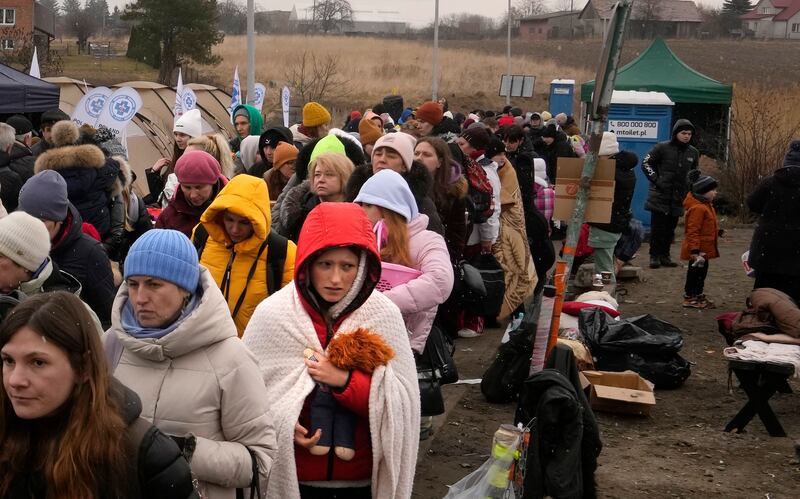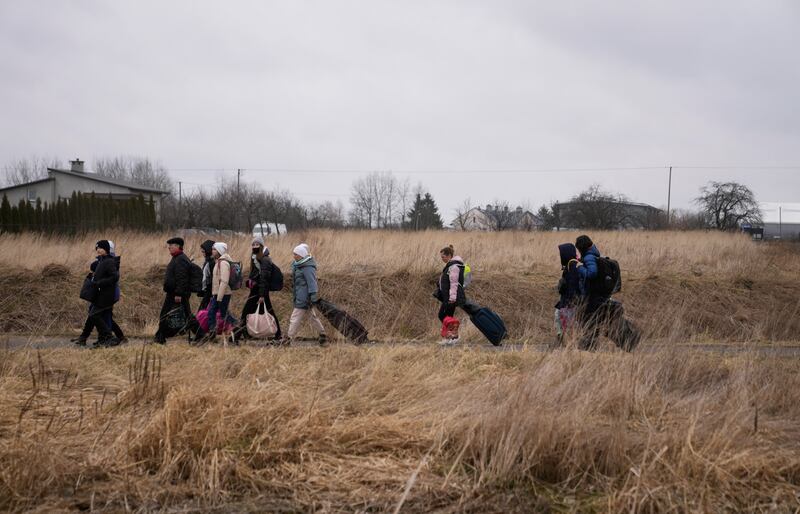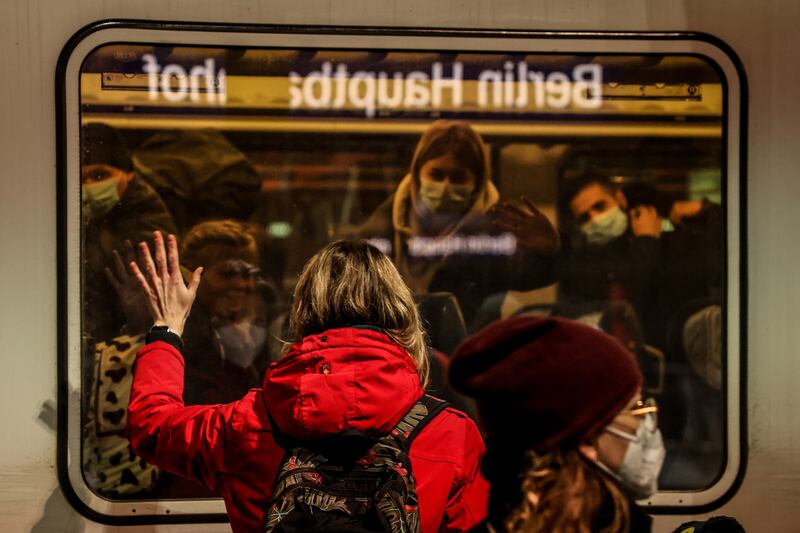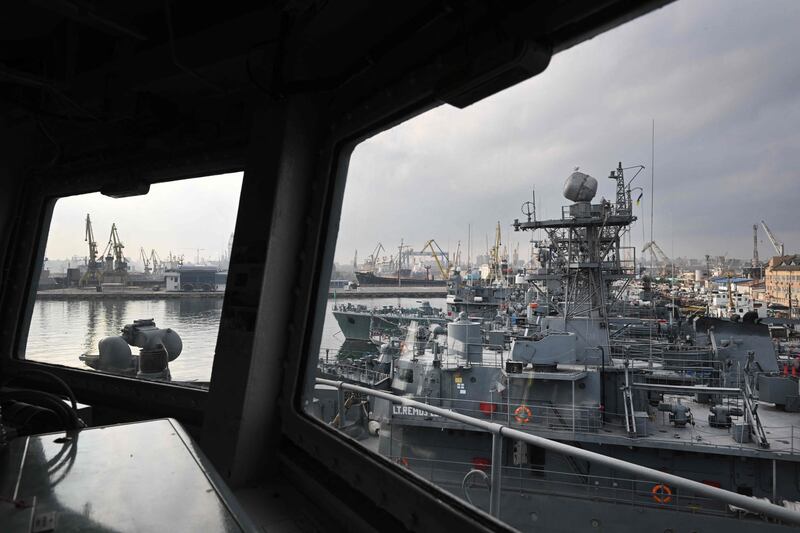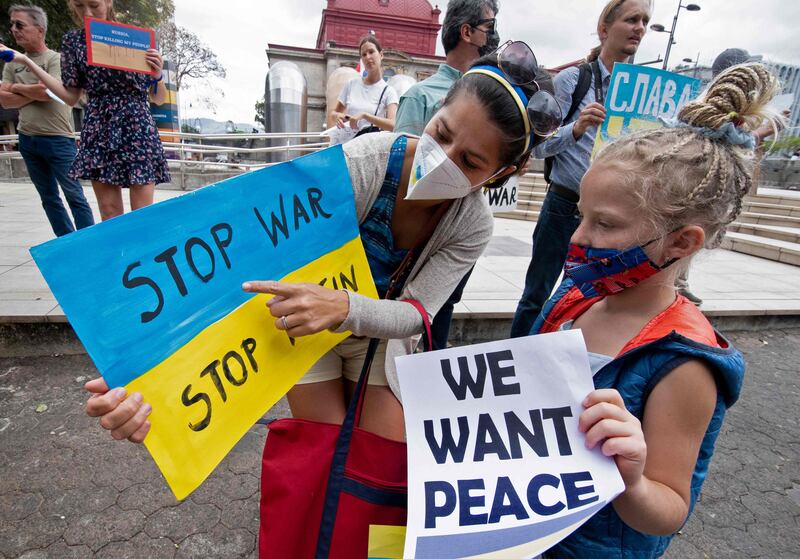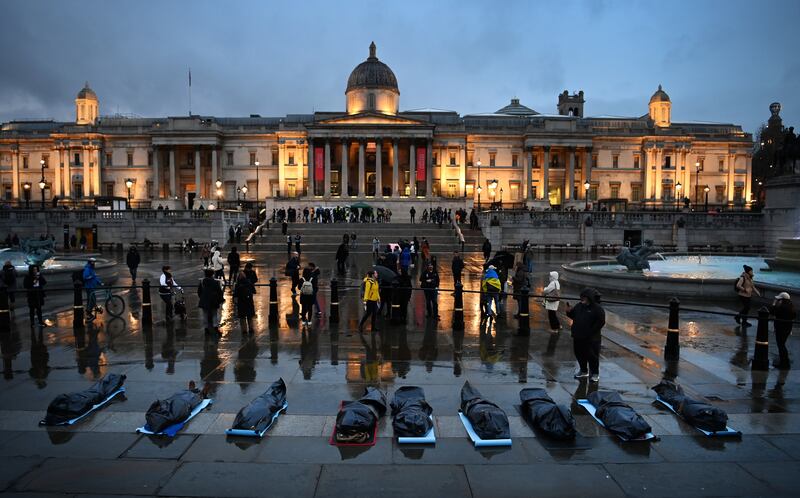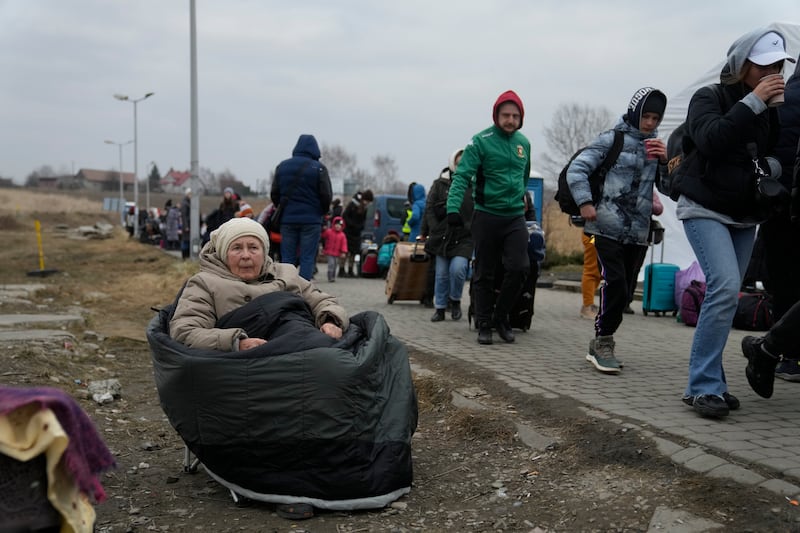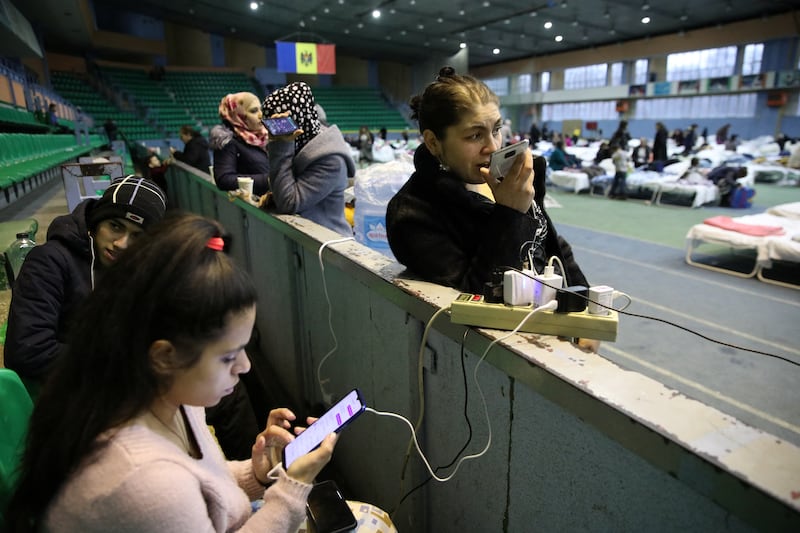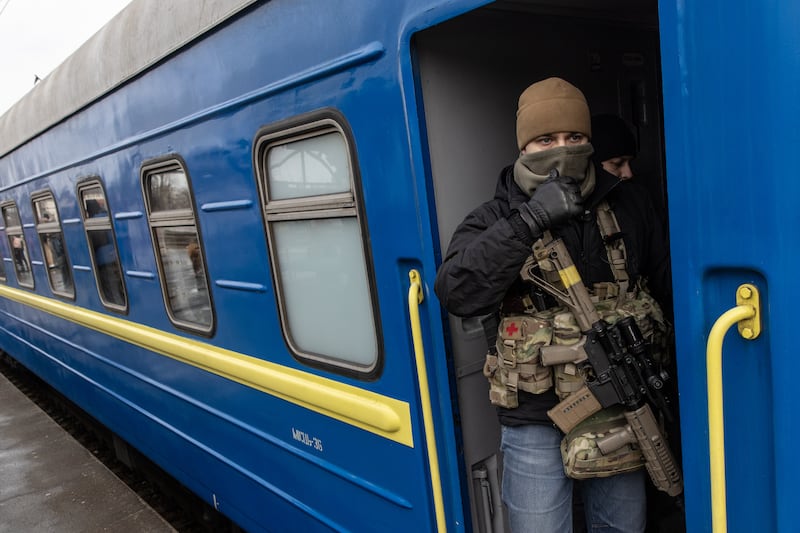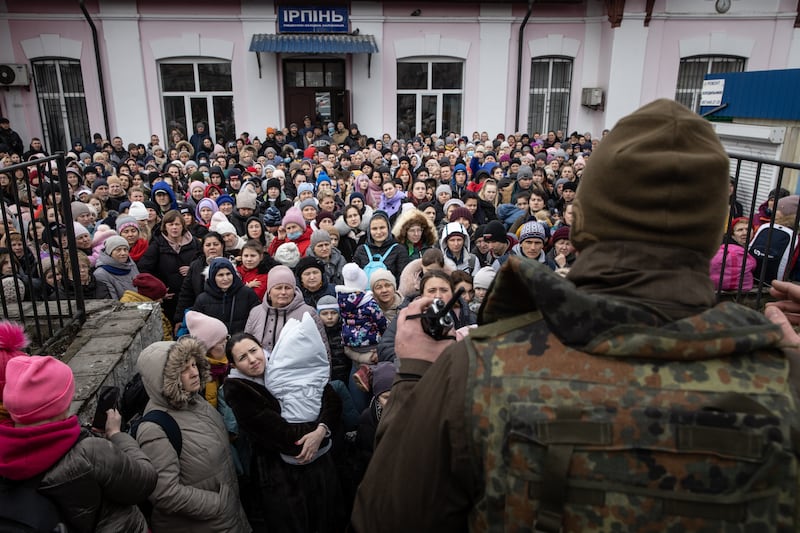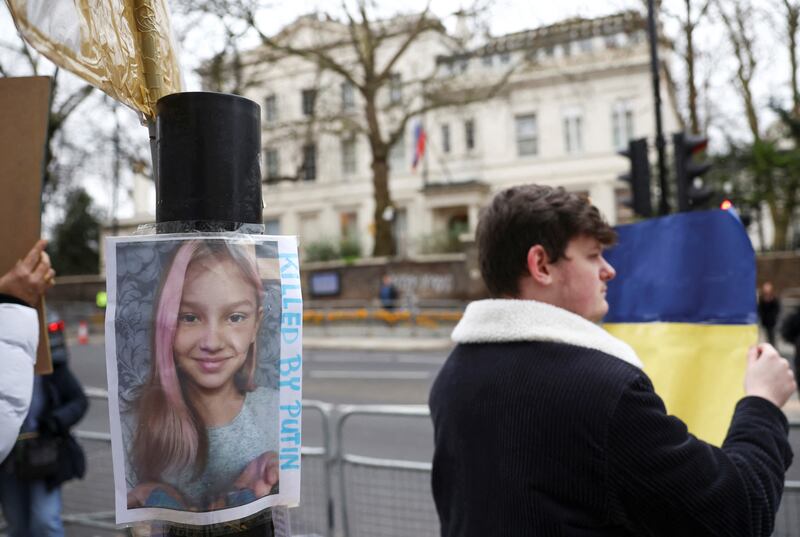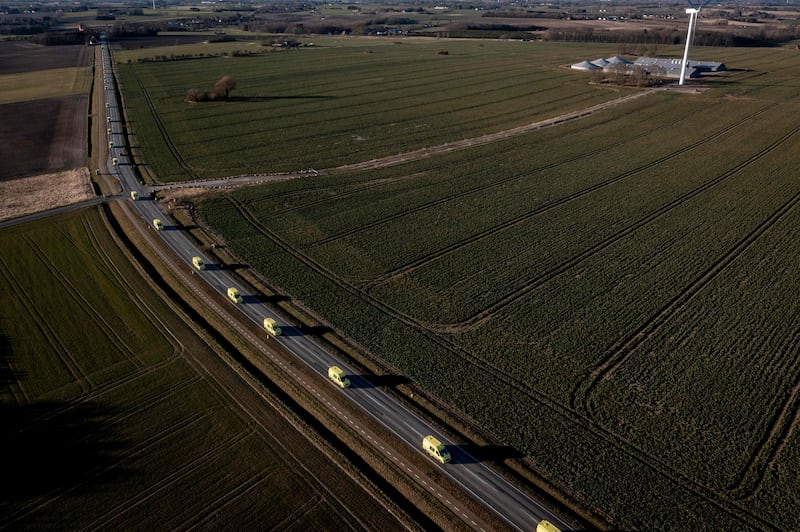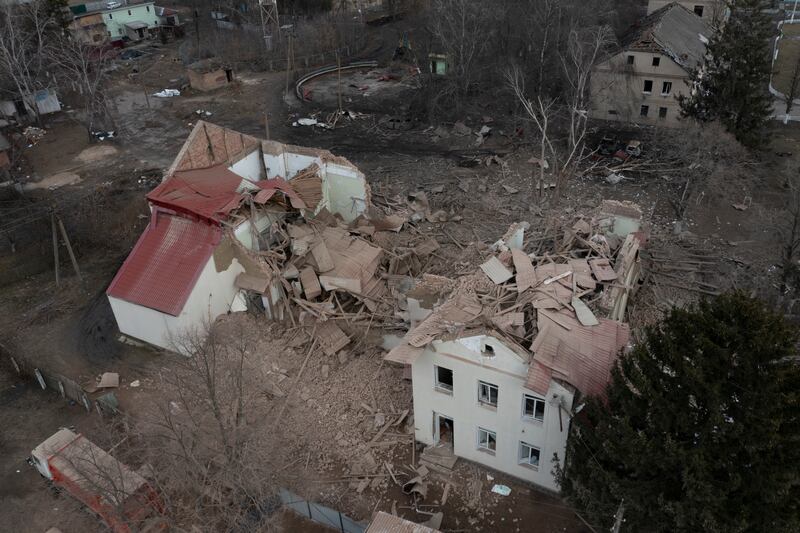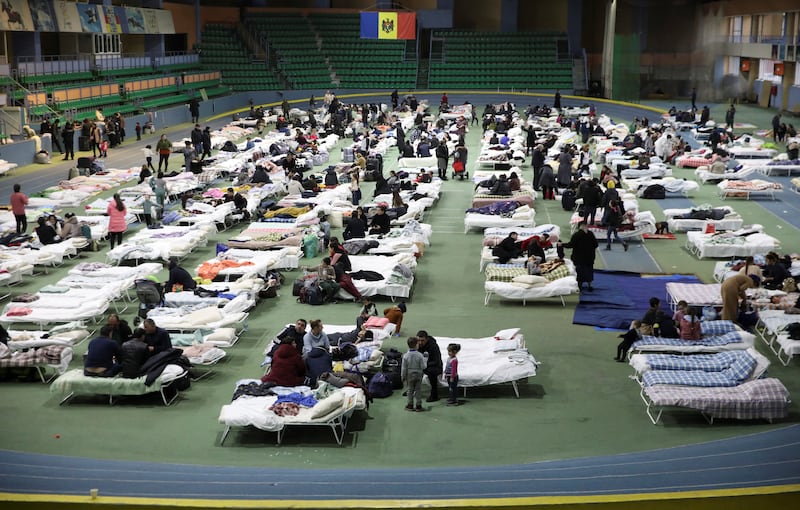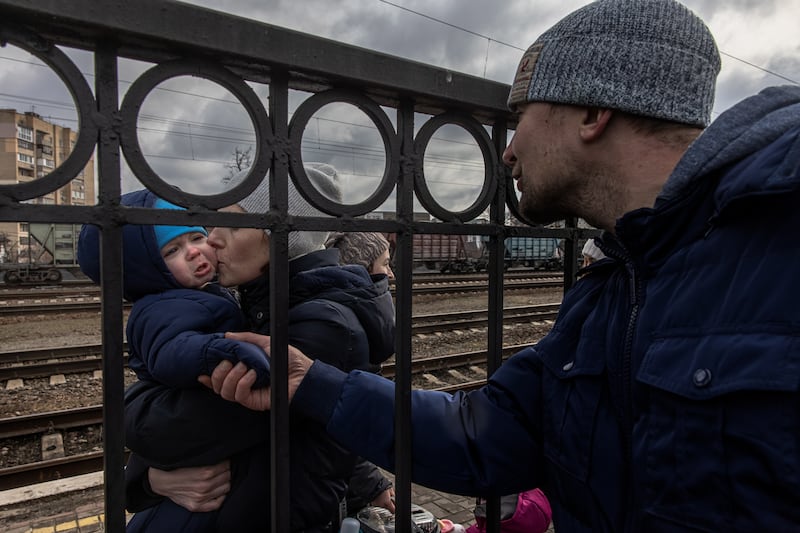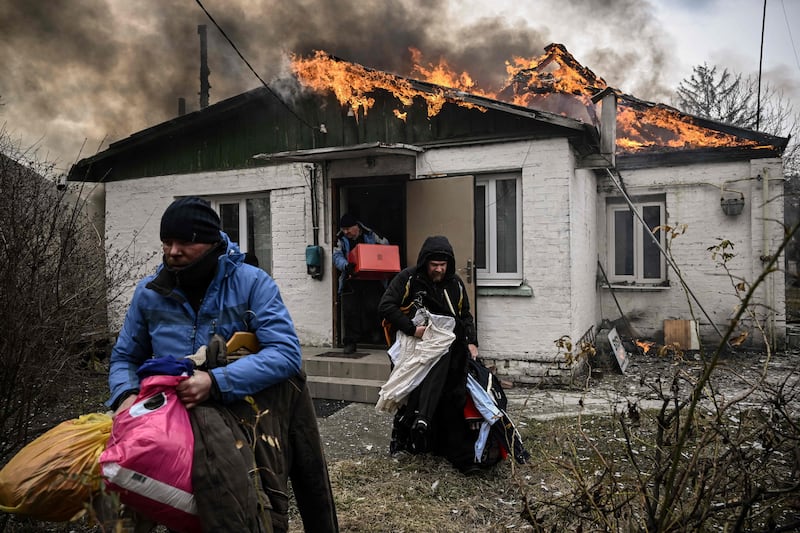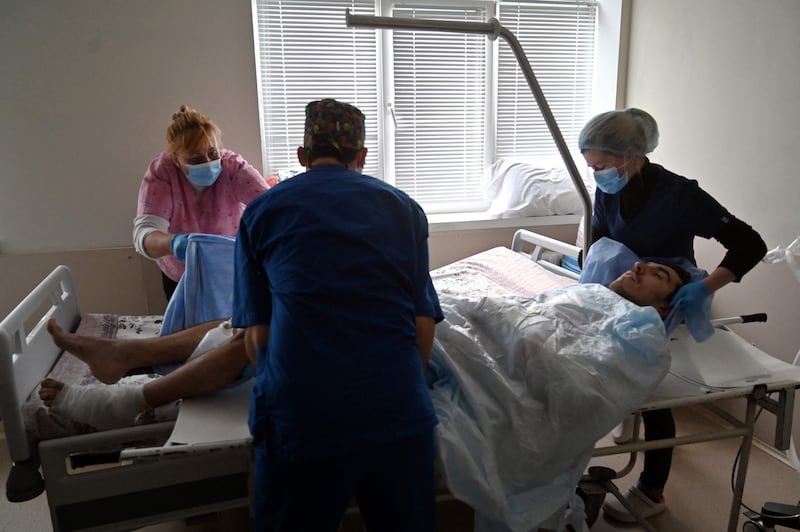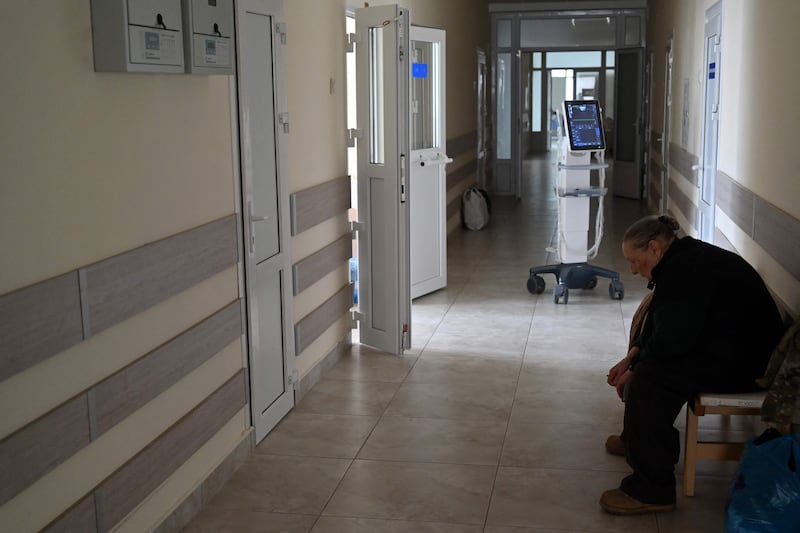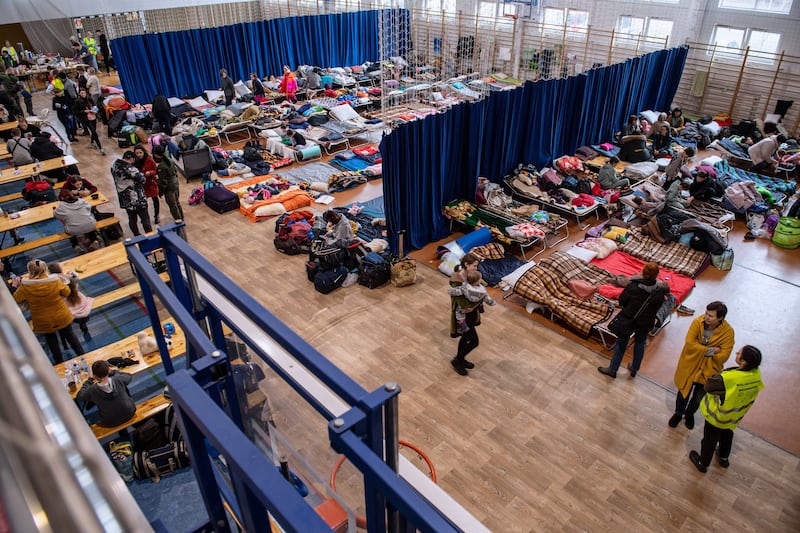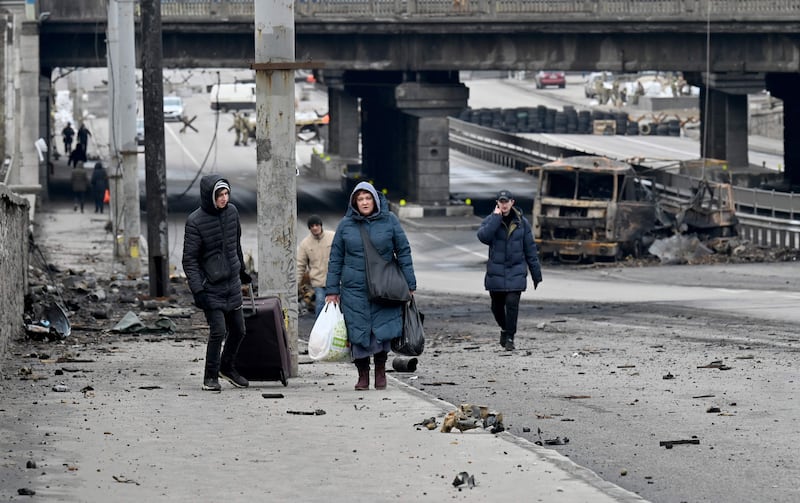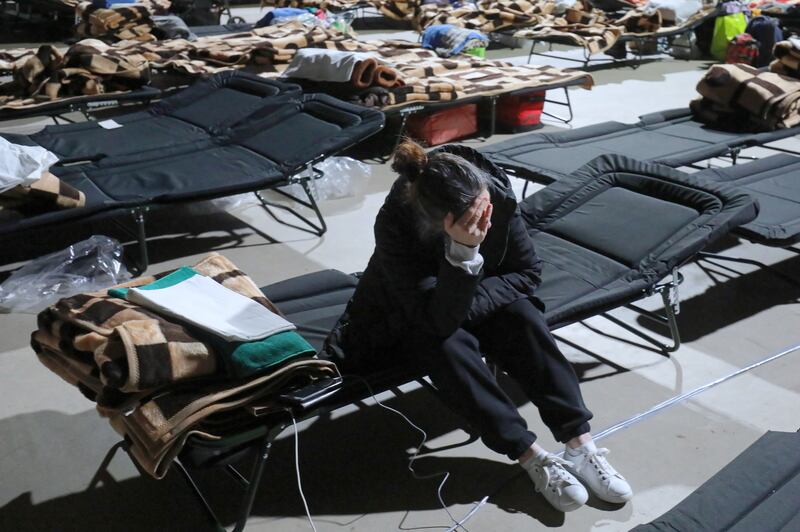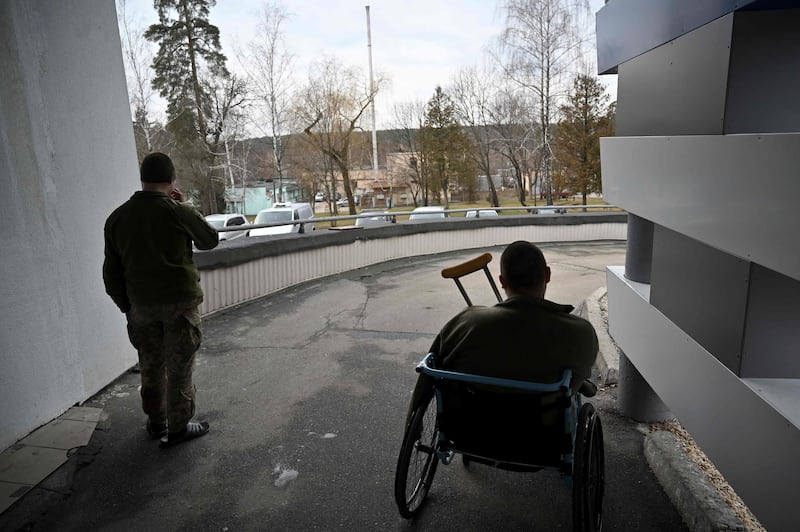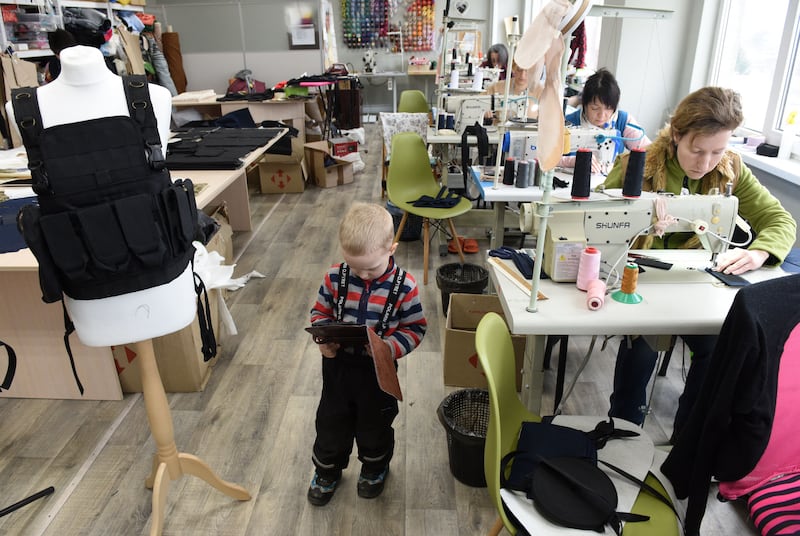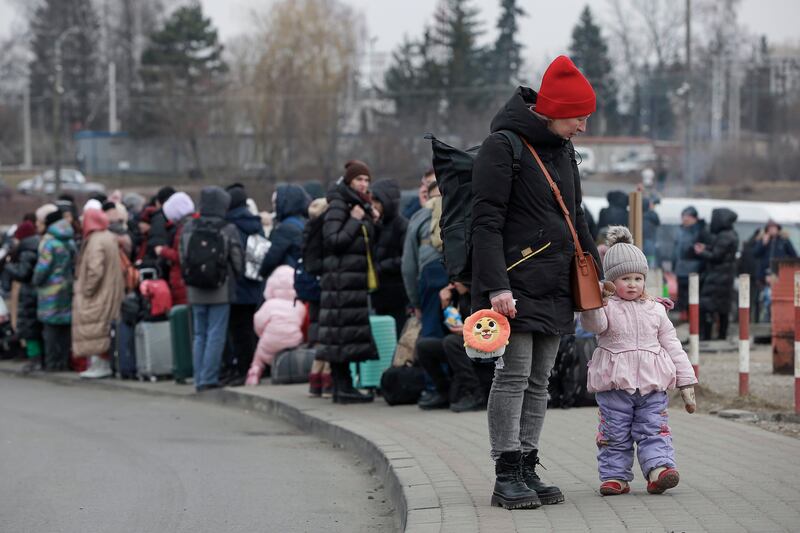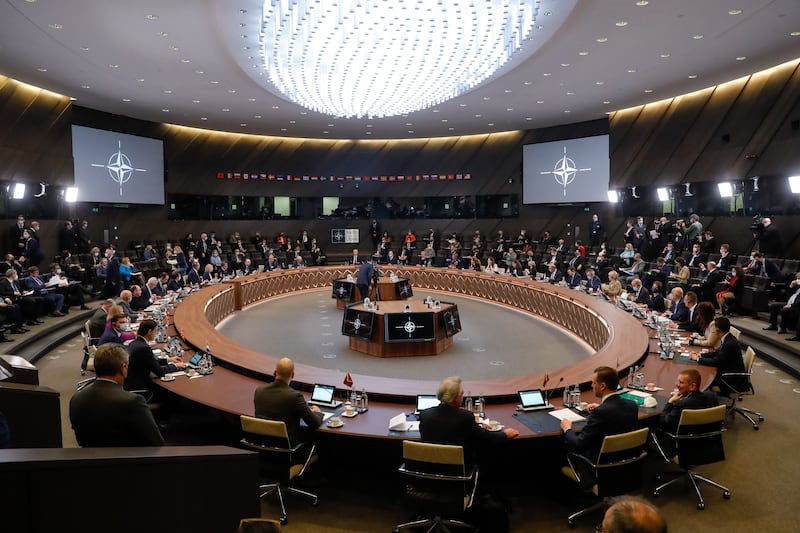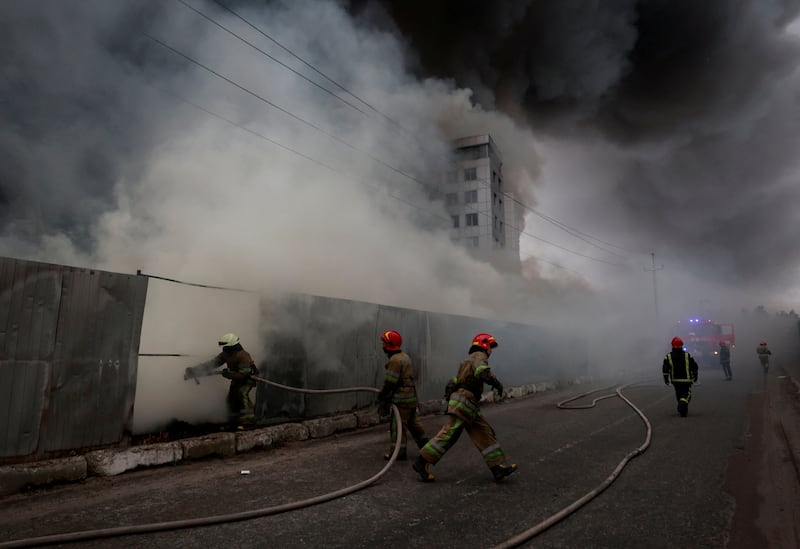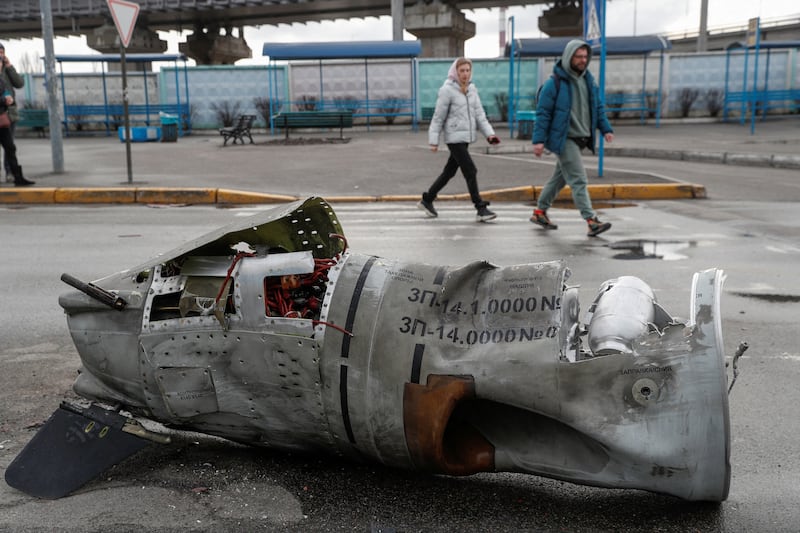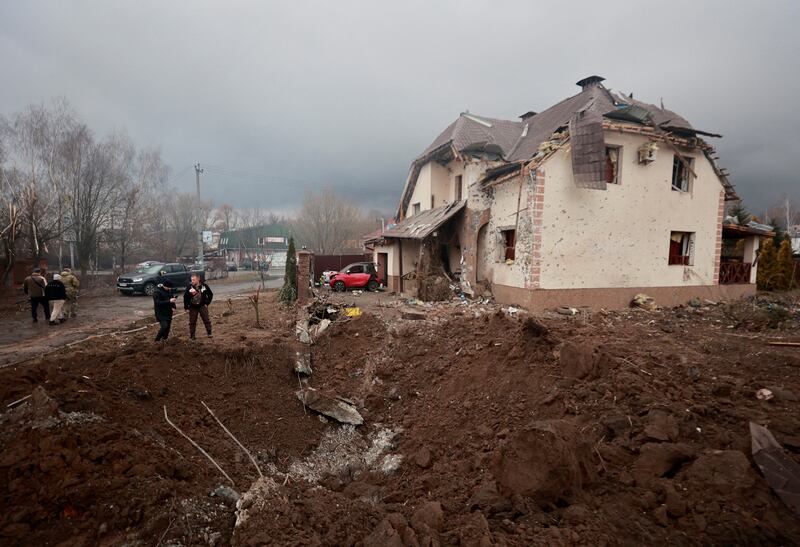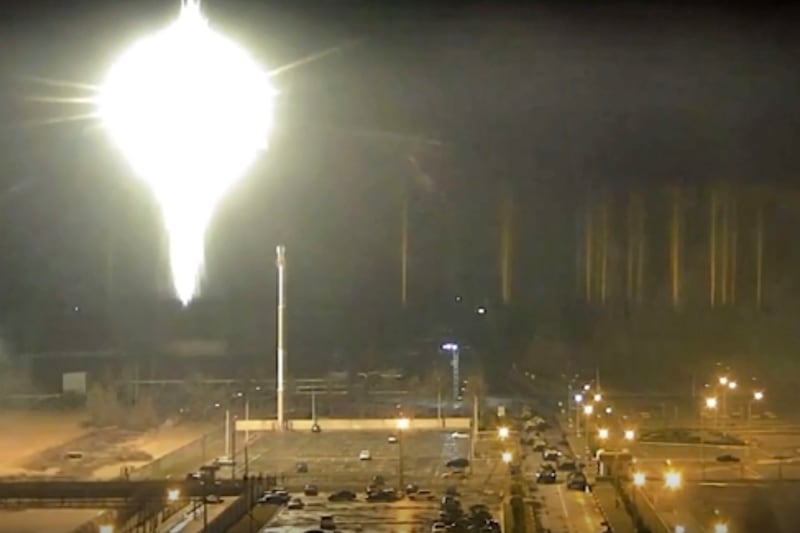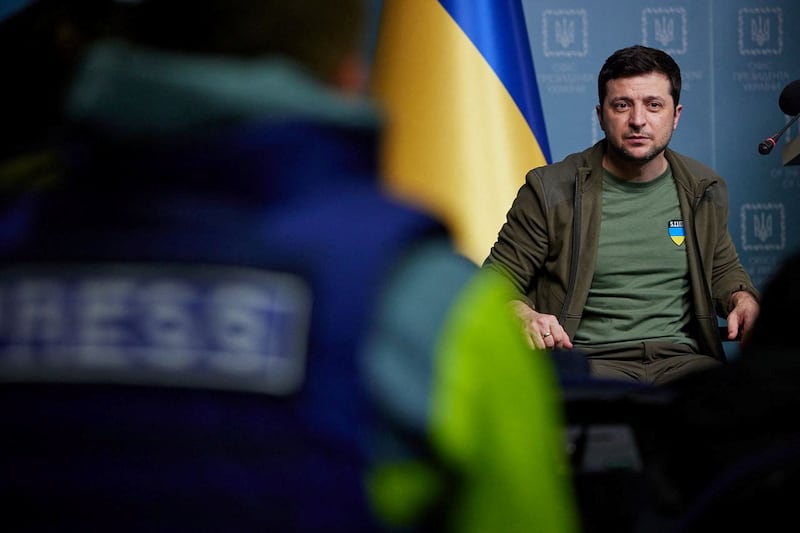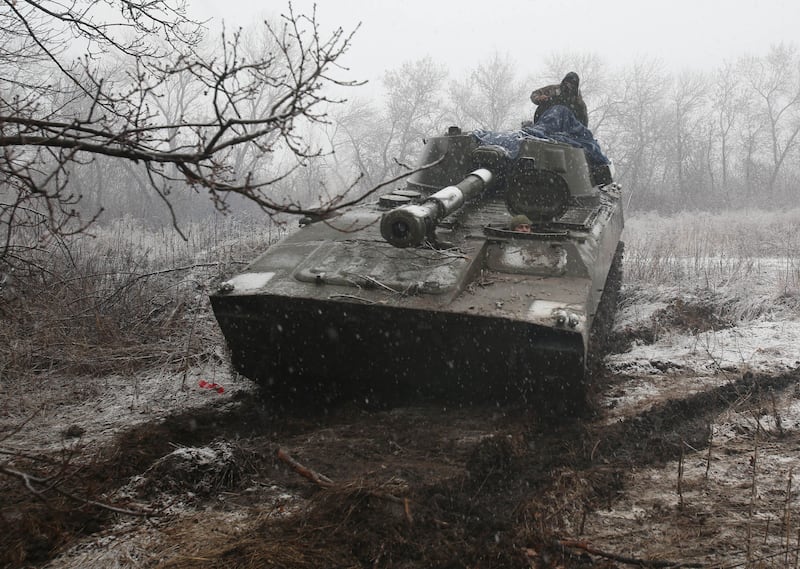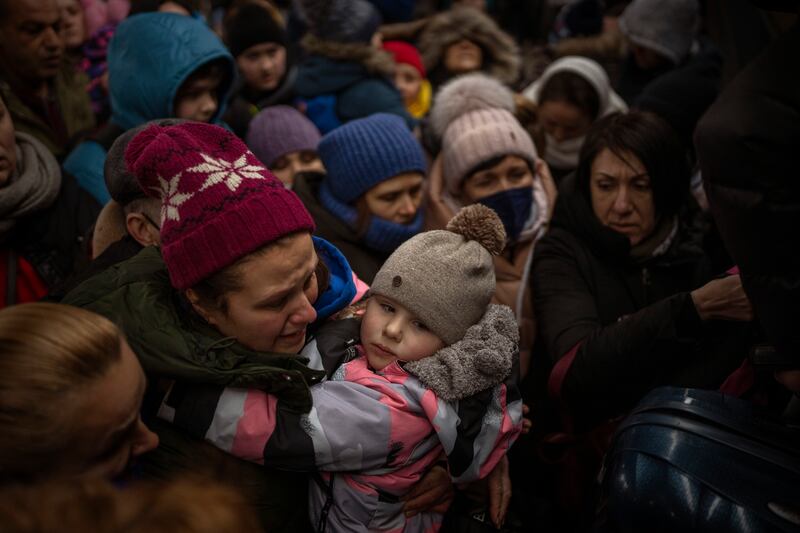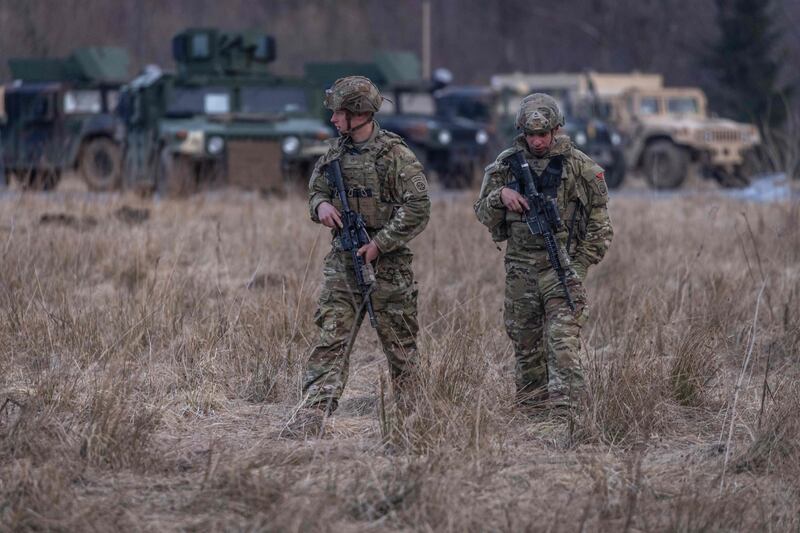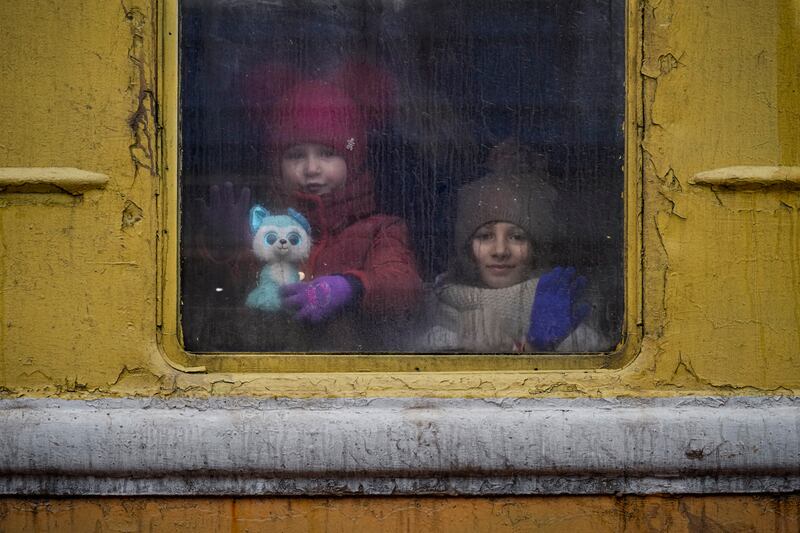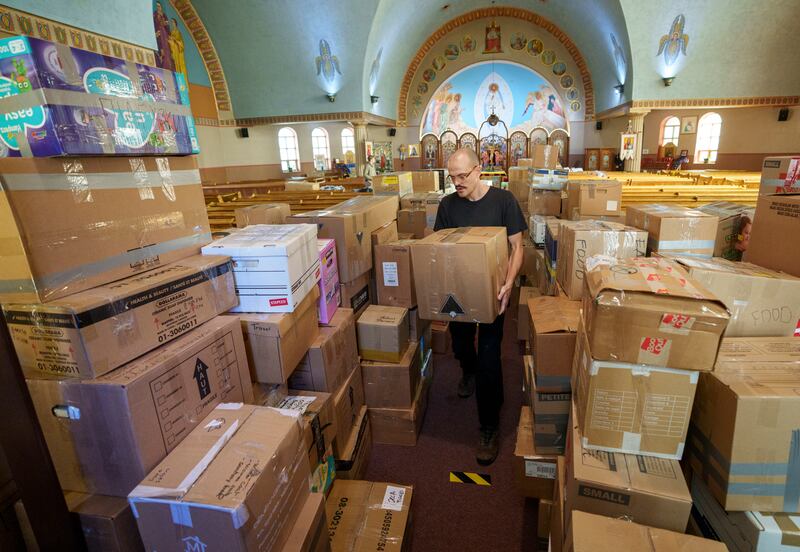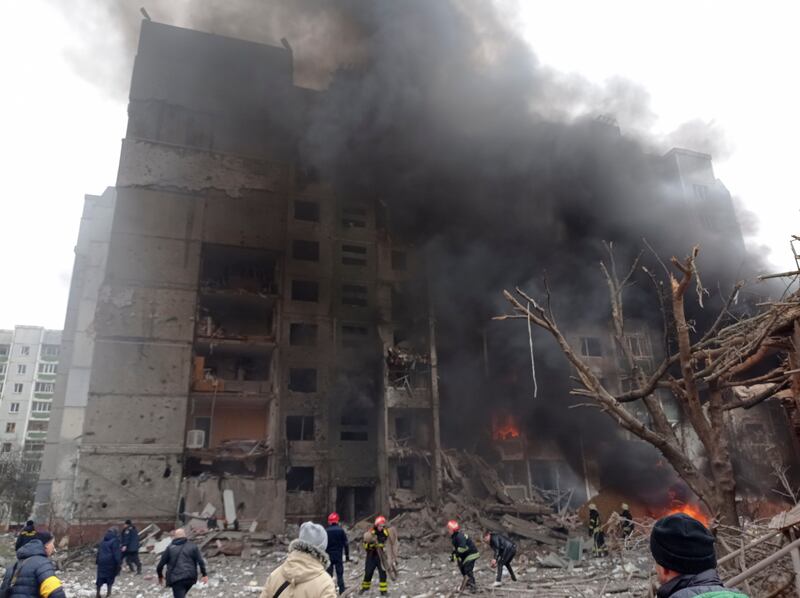Live updates: follow the latest news on Russia-Ukraine
The EU will take in refugees from Ukraine by granting them an initial one-year residency permit that comes with the right to education and employment — but does not guarantee asylum for everyone fleeing the war.
In a rare show of unity on the divisive issue of migration, EU countries invoked a temporary protection status that was designed in the fallout from the 1990s wars in the former Yugoslavia but had never previously been activated.
About a million people are already estimated to have fled Ukraine into neighbouring countries, including EU members Poland, Slovakia, Hungary and Romania, the last of which will be home to an EU-run humanitarian hub.
The number of refugees is expected to rise as reports of Russian attacks on civilians in Ukraine continue.
Who is eligible for protection?
Three categories of people are eligible for protection if the war forces them out of their homes:
Ukrainian nationals and their families;
Long-term residents of Ukraine and their families;
Foreign nationals and stateless people with a temporary status in Ukraine and their families — but only if they cannot return to their country of origin.
Family members covered are spouses and partners, children under 18 and close relatives who lived with the family before they had to flee.
Operational guidelines sent to border guards say checks should be simplified and take place away from usual crossing points to speed up the process, but that security procedures should still take place.
Who is not eligible?
Those who have only a temporary status in Ukraine, such as asylum seekers and people under international protection, are expected to return to their home countries — if they can safely do so.
The European Commission said these people should be allowed to transit through EU countries on their way home.
How long can refugees stay?
The temporary protection status lasts for an initial period of one year. But it automatically rolls over for two further six-month periods, making two years, unless EU leaders decide otherwise.
Member states can extend the protection for one further year — to a total of three — at the proposal of the European Commission.
But the commission can also propose at any time to terminate the temporary protection if it deems that the situation in Ukraine has calmed and people can safely return home.
What will refugees get in the EU?
Refugees will have access to education, housing and the labour market, said EU home affairs commissioner Ylva Johansson.
It means refugees from Ukraine will enjoy greater rights than some asylum seekers in Europe, who sometimes have to live in reception centres and are not allowed to work if staying there.
It also goes further than the rights offered in normal times to Ukrainians, who can typically visit the Schengen area — 26 European countries that have abolished all controls at their mutual borders — for up to three months without the right to work.
The temporary protection law says refugees should have access to social welfare and medical assistance and be able to apply for asylum through the usual route if required.
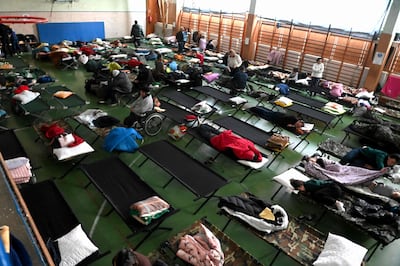
How have charities reacted?
Oxfam cautiously welcomed what it described as “direct lifeline” for refugees and said it could be a “turning point for Europe”, after what it called the mismanagement of previous migration crises.
It said all EU members needed to “chip in and take responsibility” to stop the four countries bordering Ukraine being overwhelmed — an issue which has proved a formidable obstacle to agreement on migration policy in the past.
Amnesty International said the eligibility criteria should be loosened and said the current rules “exposed the limitations of Europe’s solidarity”.
“We call on them to treat everyone fleeing this conflict equally,” said Eve Geddie, the head of Amnesty’s EU office.
What are other countries doing?
The US has said Ukrainians already in America will be given an 18-month protection status that shields them from deportation and allows them to work.
White House press secretary Jen Psaki said President Joe Biden was open to accepting further refugees but added: “We would anticipate many of them would want to go to European countries.”
Britain has relaxed visa rules so that people already in the UK can bring grandparents, siblings and adult children over from Ukraine. These people will not have language tests but will still be subject to security checks.
Prime Minister Boris Johnson said Ukrainians with no links to the UK would be eligible for visa sponsorship by communities or local authorities.
Switzerland says it is willing to discuss taking in refugees but cautioned that its federal asylum centres were nearing full capacity.
